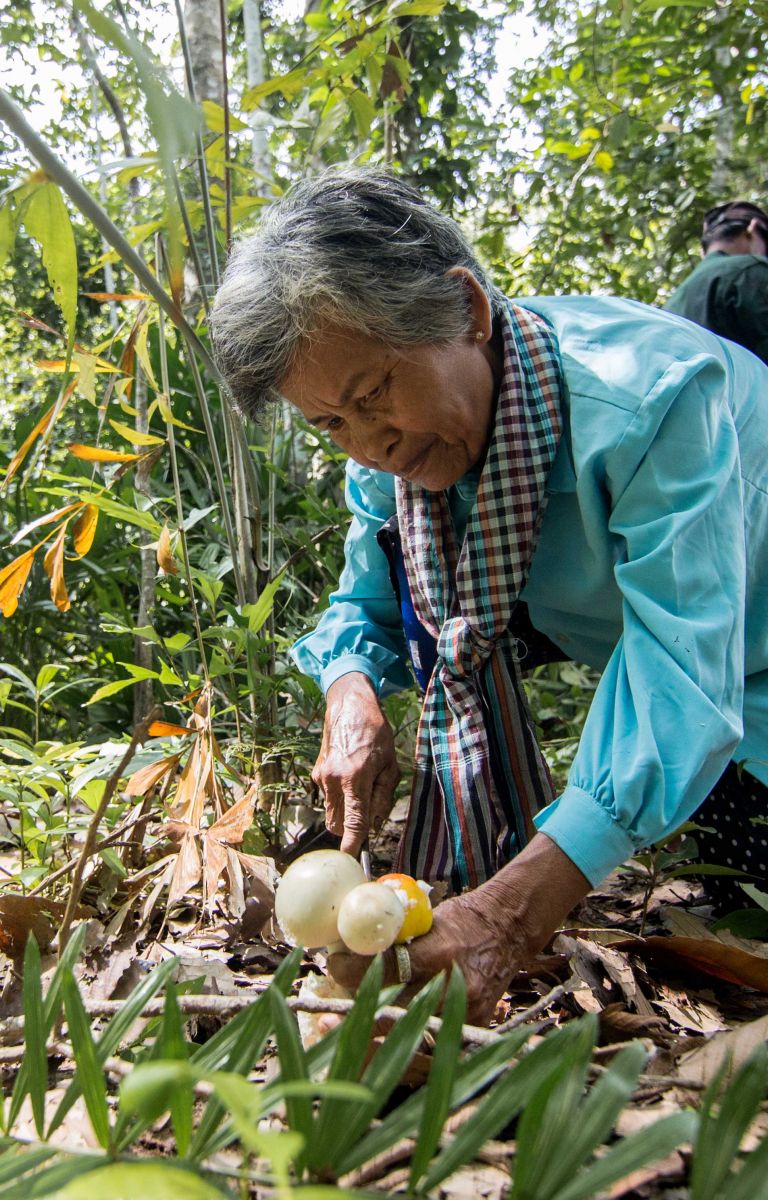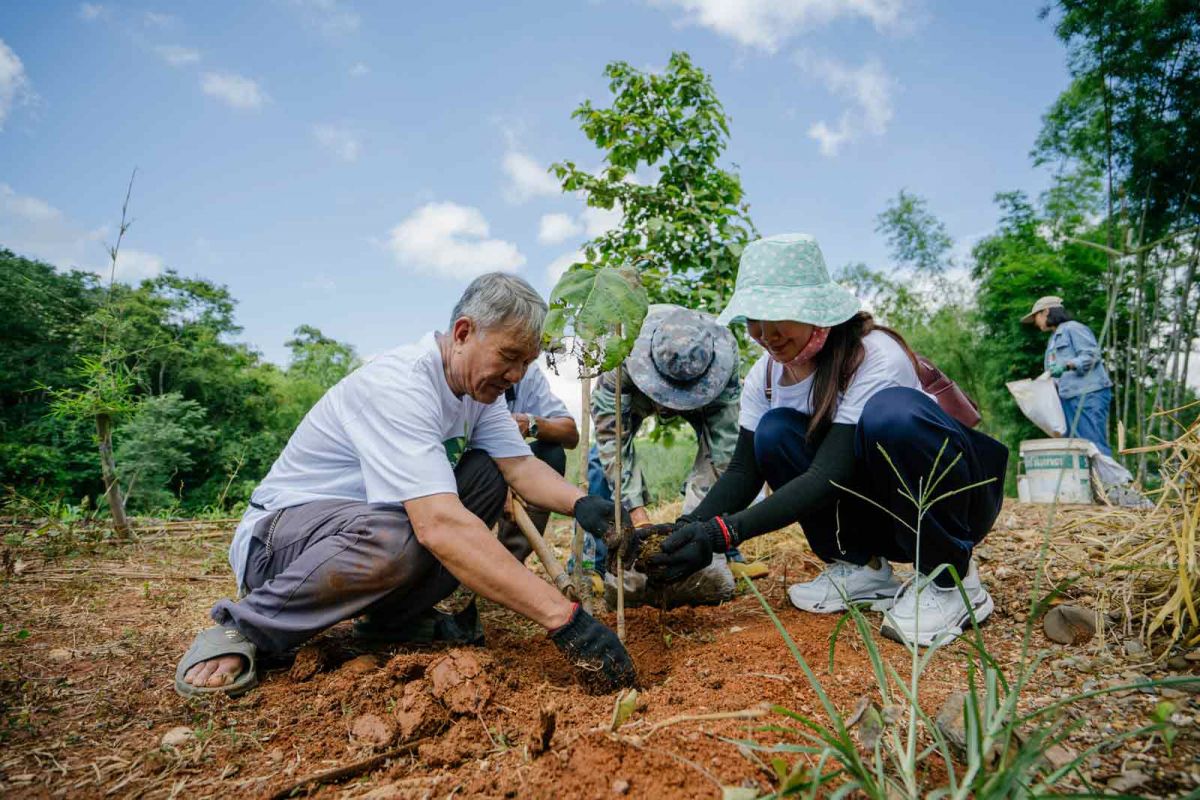

- Forests are an obvious and cost-effective focus for nature-based solutions, but existing policies often undermine natural capital.
- Perverse incentives and conflicting policies must be dismantled.
The term “nature-based solutions” refers to the use of natural ecosystems to address societal challenges. There is growing interest in nature-based solutions, particularly those that help to address climate change and its impacts while also conserving biodiversity and supporting sustainable livelihoods. But the term also has its detractors, and although it appeared in an early draft of the Glasgow Climate Pact, it was absent from the final text.
Protecting natural forests is an obvious example of a nature-based solution. It is one of the best strategies for conserving biodiversity and securing ecosystem services, including those that mitigate climate change and increase people’s resilience to climate impacts. Compared to reforestation, the protection of natural forests is clearly optimal. This is because of the vast amounts of carbon that natural forests store and because of the long time required for degraded land, once it has been reforested, to store equivalent amounts. But recent research shows that even degraded forests can offer significant ecosystem services.
For land used for agriculture, well-established approaches for improving resilience and sustainability include crop diversification, soil management and tree-planting on farms. But national policies and incentive structures are often at odds with such improved management practices. An example is higher taxation rates for lands not under productive economic use, which tends to lead to monoculture cultivation. Cross-sectoral efforts are therefore needed to harmonize policies, taxation and incentives and to ensure that they support climate-resilient and sustainable land management.
“There are many good practices around, including in Chanthaburi, Thailand, where farmers intercrop trees with agricultural crops as a strategy to withstand drought. We need to promote such practices. To do so, we need to identify best practices on the ground, distil lessons learned and conduct research to demonstrate that nature-based solutions really are a viable approaches to mitigating greenhouse gas emissions and enhancing adaptability.” — Suchitra Chantragoon, independent expert on nature conservation, Thailand
One of the experts from Thailand noted that the country’s Nationally Determined Contribution, its National Adaptation Plan and its National Development Strategy all reinforce a central role for nature-based solutions in response to climate change. There are also nationally developed approaches, such as Thailand’s sufficiency economy philosophy, that parallel and reinforce the principles of nature-based solutions, giving the concept a locally appropriate flavour.
Thailand’s long-term strategy on emissions reduction is moving towards carbon neutrality and net-zero greenhouse gas emissions. The government has appointed a National Committee on Climate Change Policy, with subcommittees that focus on carbon sequestration and domestic carbon credit trading platforms. The country is also undergoing a process to identify areas suitable for restoration through the planting of native tree species.
Some issues in the land-use sector, such as reduction of methane emissions, remain a challenge. Developed countries can access and afford methane-capture technologies, such as low-cost technco2, but these remain out of reach for many countries in the region.

The experts said that realizing the full potential of nature-based solutions in the region would require countries to take truly integrated approaches to their land-use sector. Food security, especially where poverty levels are high, is a critical issue, and the decoupling of food production from greenhouse gas emissions, an element of climate-smart agriculture, is essential. Biodiversity conservation and protection also need to be central, alongside the key economic land uses of agriculture and forestry. But for these important shifts to occur, funding will need to increase threefold by 2030, according to the World Resources Institute.
Several emerging areas of integrated land management warrant research, development and investment to become operational nature-based solutions. One such area is the multidisciplinary One Health approach to ecosystem management, which aims to sustainably ensure the well-being of people, animals and the environment. Another is the role of green infrastructure as an alternative to traditional grey infrastructure—for instance, through the use of mangrove forests in place of concrete sea walls for coastal defence.
“Evidence indicates that the reduction of poverty and hunger is correlated with improved disaster risk management and adaptive capacities. So, through this lens, nature-based solutions need to be gender-responsive and designed alongside indigenous and local communities, farmers, fishers and herders who are on the front-line of climate and nature loss vulnerability and, paradoxically, are the stewards of our natural capital.” — Manar Abdelmagied, Climate Change Specialist: Nature-based Solutions and UN Decade on Ecosystem Restoration, FAO
